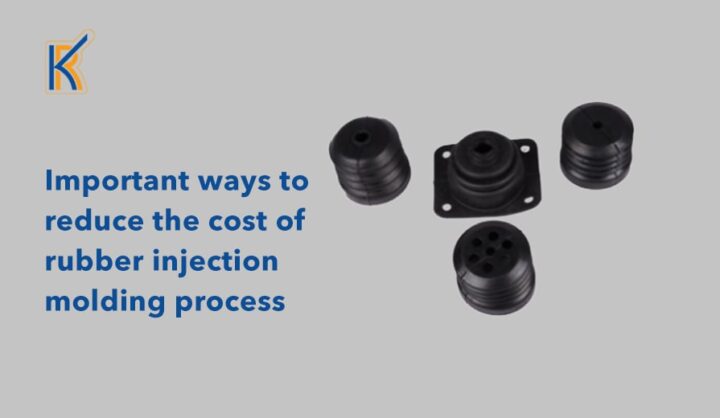When we talk about rubber, we can say with confidence that our economy cannot survive without a rubber. Rubber is used in almost every facet of our daily living. We use rubber in a plethora of consumer and industrial products. Manufacturing companies use the rubber injection molding process apart from other techniques to produce a wide range of precision rubber molded products.
What is rubber injection molding?
Injection molding is a popular and versatile process for high-quality mass production of rubber components. In the rubber injection molding process, the uncured rubber material is heated using very high pressure to inject the rubber compound into the mold. The elastic properties of rubber make it highly malleable and can be used extensively in different industries. Additionally, the injection molding process ensures large quantities of a rubber component can be manufactured.
Rubber components can be easily manufactured based on a simple design and efficient material preparation but often these components can prove to be heavy on your budget. These expensive errors can be avoided if we focus on a few cost-effective molded rubber solutions. In this blog, we will list out a few important ways by which the cost of rubber injection molding can be reduced to a large extent.
Rely on mass production
The per-part cost of the rubber molding can be successfully minimised if the production quantity is greater. Injection molding is capable of producing high volumes of the same object. This also enables greater production speed and lesser wear and tear on the mold. Besides, the cycle time is also reduced.
Use the right material
Not all rubber applications require expensive materials. Several rubber parts can be produced by selecting the right material for molding. In most cases, an inexpensive material choice can be effective in bringing the costs down. Depending on the product to be manufactured, you can analyse the materials and the quality required before choosing the raw material.
Focus on small design size
With a narrow or a lean design accompanied with as little material as possible, you can reduce the manufacturing costs significantly. Large components tend to increase material costs, inventory costs, handling, processing, development, engineering time and boost cycle time as a lot more time will be required for the molding and cooling. Additionally, small rubber parts are strong and durable and generate small amounts of waste.
Less focus on aesthetics
The cosmetic appearance of a rubber part is not as important as its critical features. While we must focus on aesthetically pleasing parts, we must also keep in mind that an extra effort to mold a part can be time-consuming and heavy on the pocket.
Rely on a smart mold design
Designing molds requires a smart designer who can come up with designs that can significantly reduce the cost. If the parts are positioned in the right manner one can reduce the scrap or the wastage. Smart design should also ensure that parts are not damaged during the injection molding process.
Modify Your Molds
It is important to manufacture standard multiuse components rather than having to customise the parts for different functions. This can be categorised as the most commonly used product and parts that have a similar function in the same group.
At KR Industry, we have over 25 years of experience in manufacturing rubber products bearing in mind the quality, finish and fast turnaround. We can provide customised designs to suit the needs of our clients based on the clients desired specifications of size, shape, thickness and hardness.

